Around 1,500 km separate the foothills of the Alps south of Munich and Jurançon in France, but despite this distance, both have a climatic similarity: the Foehn, a dry warm wind from the mountains, always blowing from the south. In wine-growing areas north of the Alps, in the autumn, the grapes intended for the production of a sweet wine can dry and rosinate in the vineyard on the vine, naturally concentrating the sugars. A well-known example of a sweet wine that benefits from the Foehn is a Flétri from Valais.
Australian Semillon – “Special sale dessert wine”
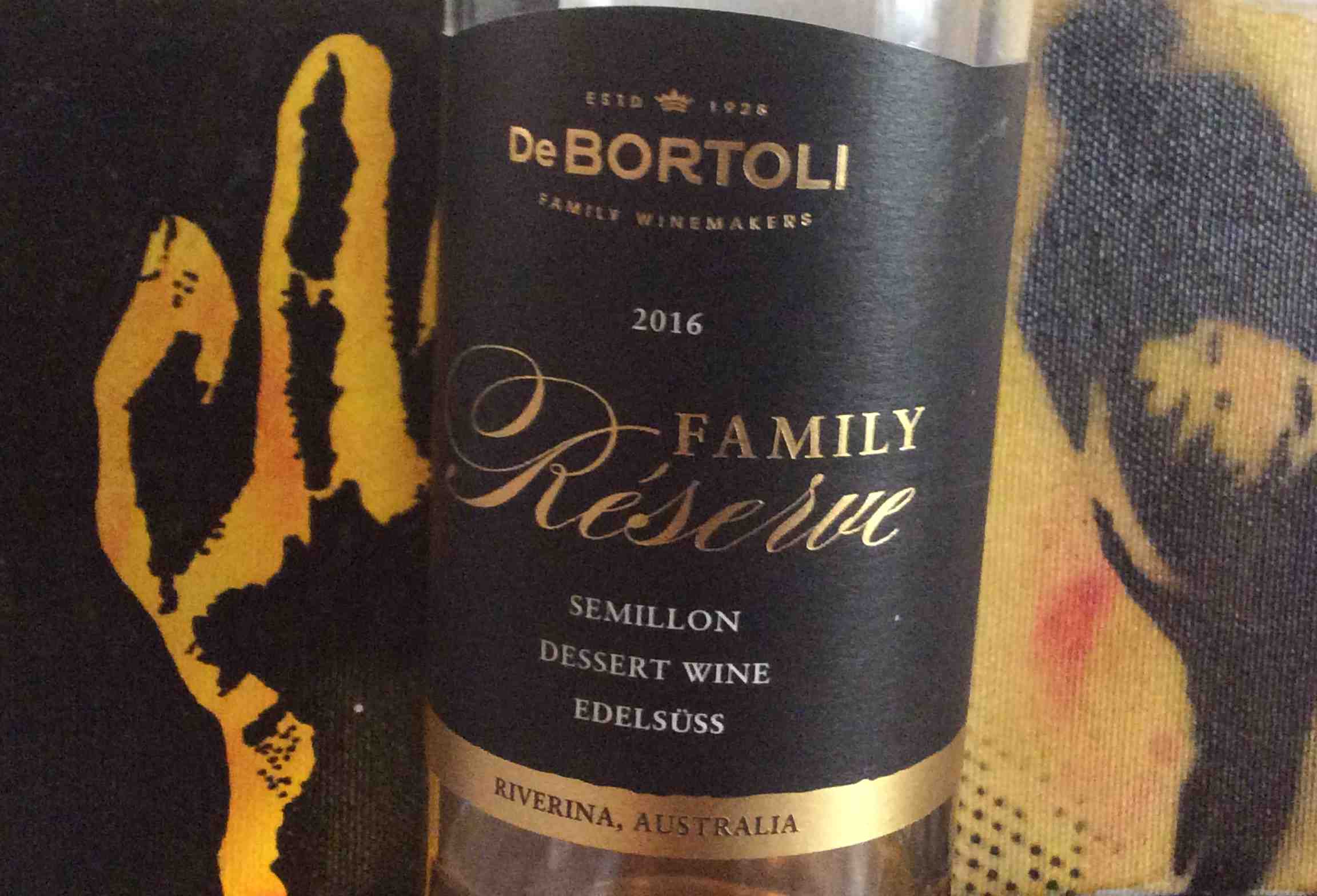
The winery De Bortoli was founded 90 years ago by Vittorio De Bortoli, who emigrated from the Italian Treviso to Australia. The winery became known beyond Australia only in the 1980 years with the Noble One Botrytis Semillon, produced in the family-owned winery Bibul in Riverina. Today, the De Bortoli family own wineries with around 820 hectares of vineyards in the Heathcote, Hunter Valley, King Valley, Riverina, Rutherglen and Yarra Valley.
The tasted wine, the Family Reserve … Read more ...

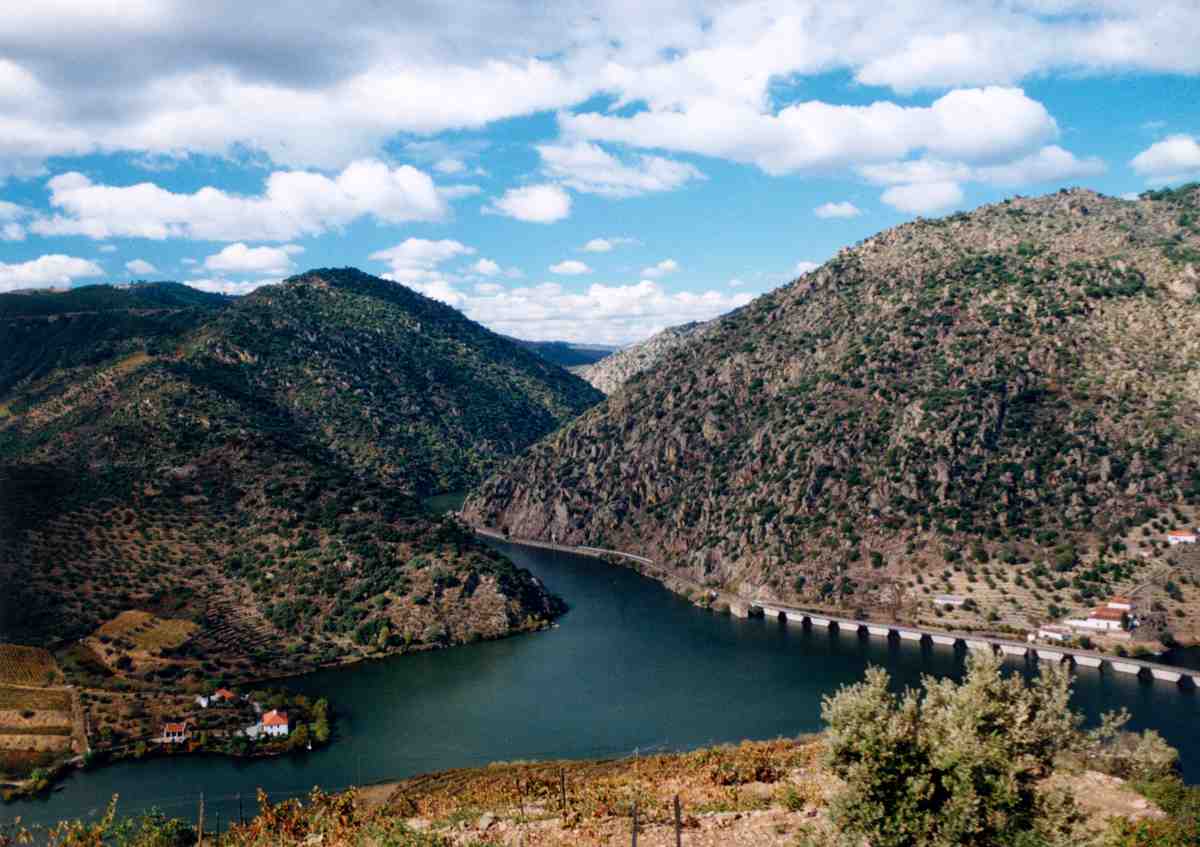
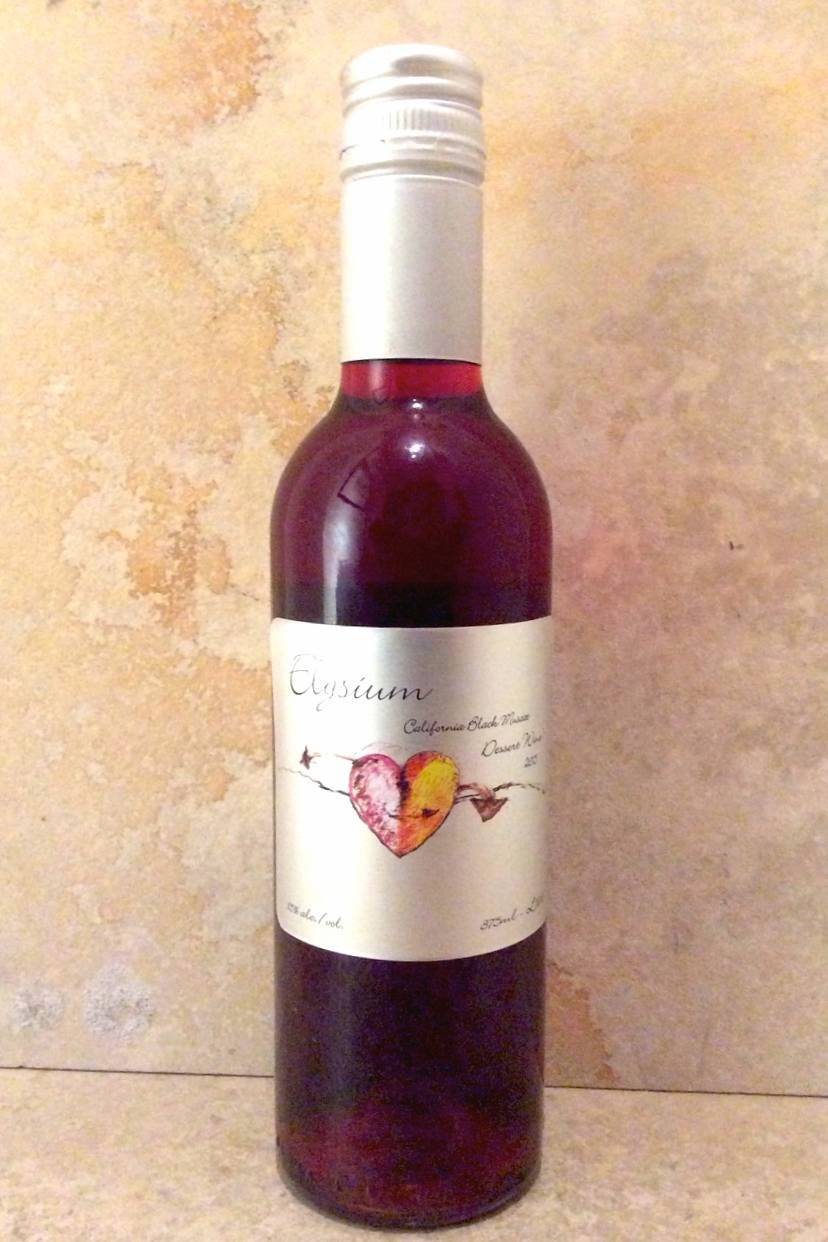 Black Muscat: never heard of it – but maybe already eaten? Muscat Hamburg, as the grape is called in Great Britain, is used in many countries mainly as a table grape, because of its ability to survive long transport routes very well.
Black Muscat: never heard of it – but maybe already eaten? Muscat Hamburg, as the grape is called in Great Britain, is used in many countries mainly as a table grape, because of its ability to survive long transport routes very well.
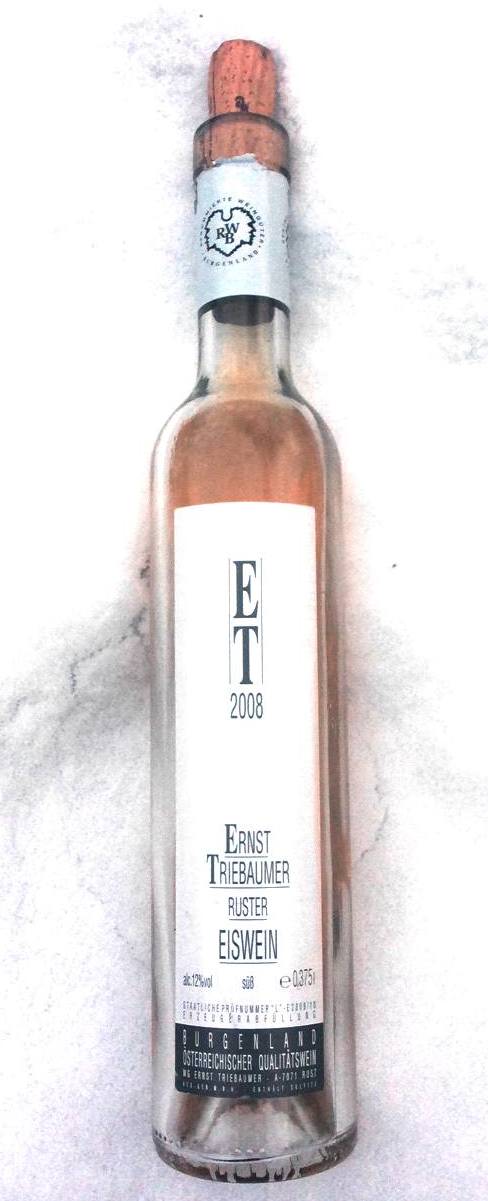
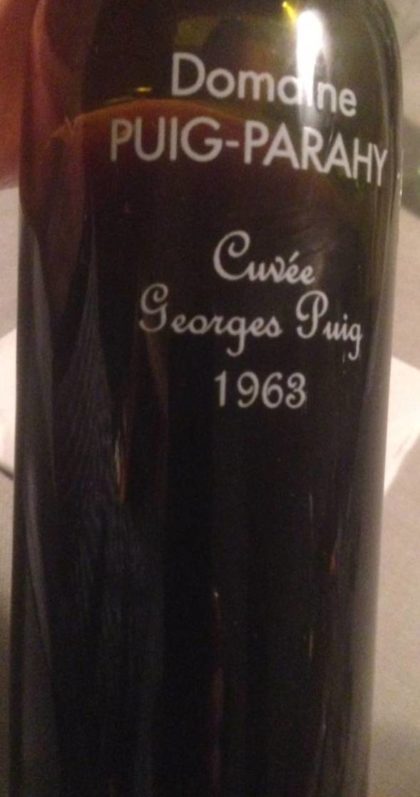 The Domaine Puig-Parahÿ is known for its Vin Doux Naturel (VDN). Nearly 50 vintages of Vin Doux Naturel, which are stored in Passa in the cellars of the Roussillon-based winery, are marketed. Many of these VDN date back to the last century. For Parker’s Wine Advocat, David Schildknecht had tasted just under a dozen of these VDN Rancios by Puig-Parahÿ from vintage vintages from 1875 to 1998 in 2009. They have been rated with 90 to 98 …
The Domaine Puig-Parahÿ is known for its Vin Doux Naturel (VDN). Nearly 50 vintages of Vin Doux Naturel, which are stored in Passa in the cellars of the Roussillon-based winery, are marketed. Many of these VDN date back to the last century. For Parker’s Wine Advocat, David Schildknecht had tasted just under a dozen of these VDN Rancios by Puig-Parahÿ from vintage vintages from 1875 to 1998 in 2009. They have been rated with 90 to 98 … 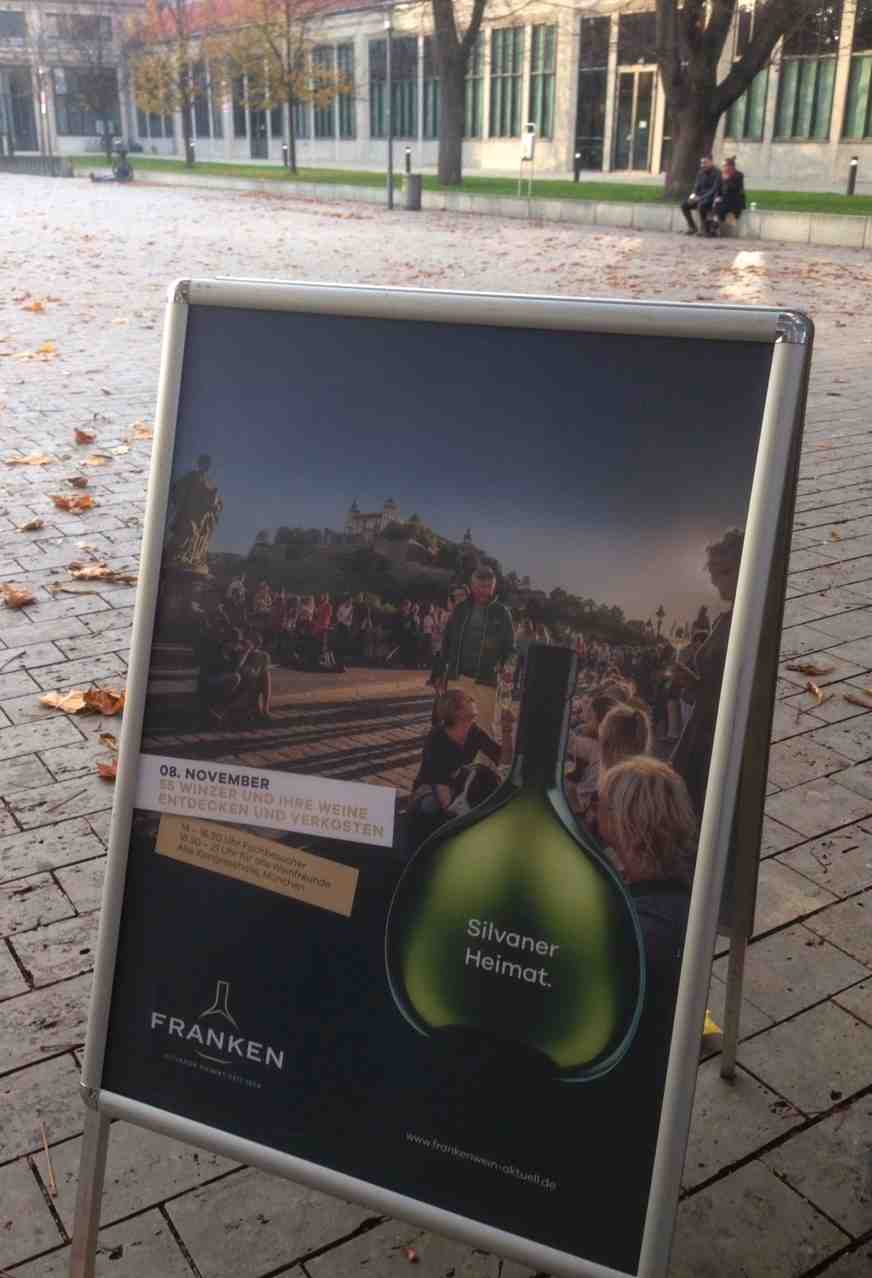 In the autumn, there are many wine events – selection is necesssary. Sweet wines are rarely to be found on tasting lists – if there is one -, mostly the winemakers have only dry wines with them. I wanted to taste dry Silvaner at the presentation of wine from Franconia, which was announced with the brand Silvaner Heimat seit 1659 (Home of Silvaner since 1659) created this year.
In the autumn, there are many wine events – selection is necesssary. Sweet wines are rarely to be found on tasting lists – if there is one -, mostly the winemakers have only dry wines with them. I wanted to taste dry Silvaner at the presentation of wine from Franconia, which was announced with the brand Silvaner Heimat seit 1659 (Home of Silvaner since 1659) created this year.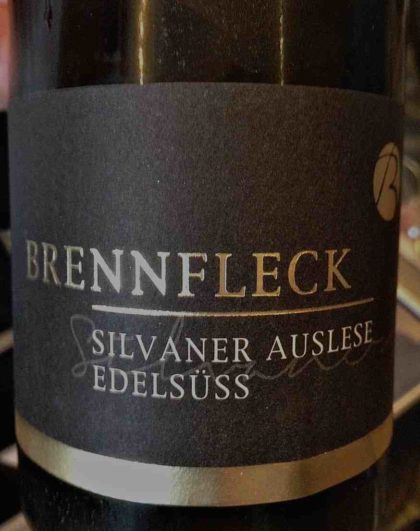
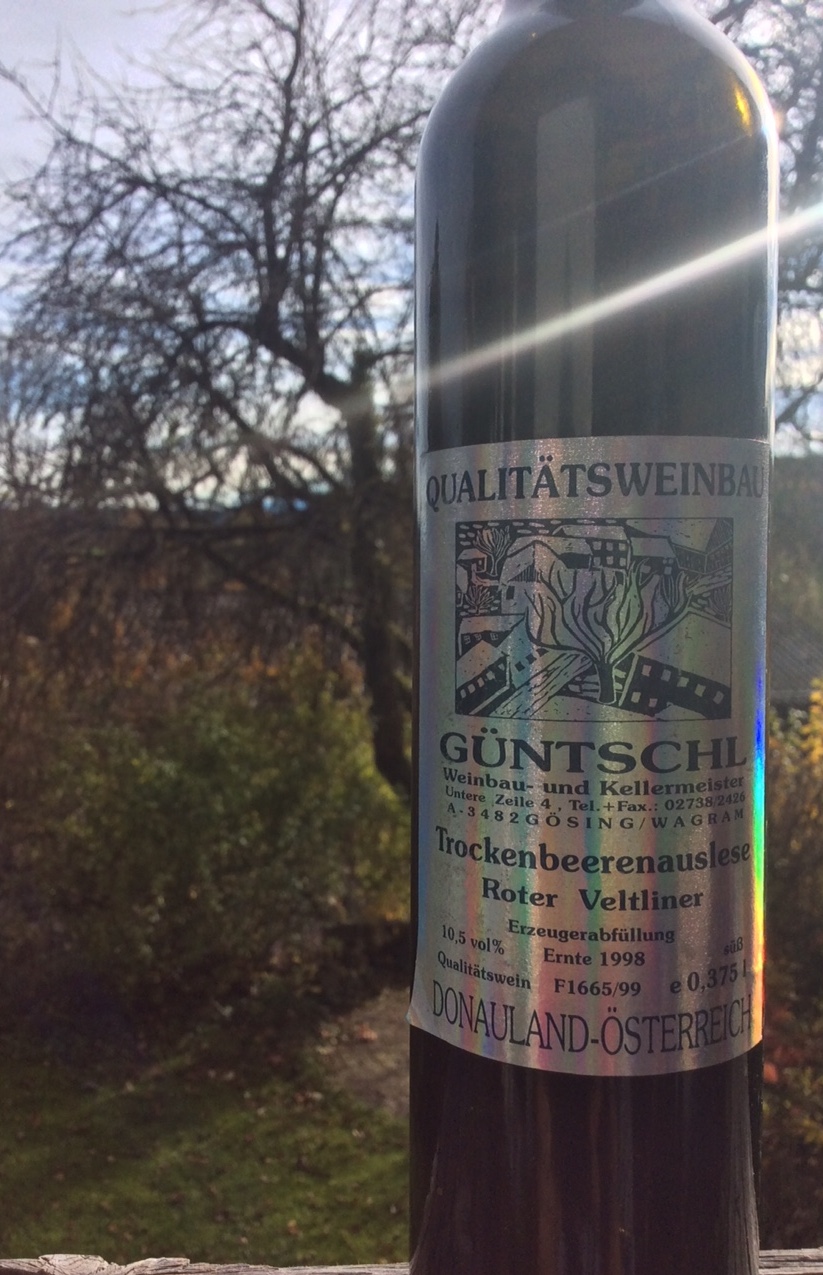 North and south of the Danube lies the Austrian winegrowing area Wagram. In the larger northern part of the wine thrives mainly on loess and sandy gravel soils. As in all of Austria, the Gruner Veltliner with a cultivated area of 1,330 hectares is also here the number one. Yet there is no other austrian winegrowing area in which more of the almost similarly named variety Roter Veltliner is cultivated than in Wagram – 82 hectares. With Gruner Veltliner, …
North and south of the Danube lies the Austrian winegrowing area Wagram. In the larger northern part of the wine thrives mainly on loess and sandy gravel soils. As in all of Austria, the Gruner Veltliner with a cultivated area of 1,330 hectares is also here the number one. Yet there is no other austrian winegrowing area in which more of the almost similarly named variety Roter Veltliner is cultivated than in Wagram – 82 hectares. With Gruner Veltliner, … 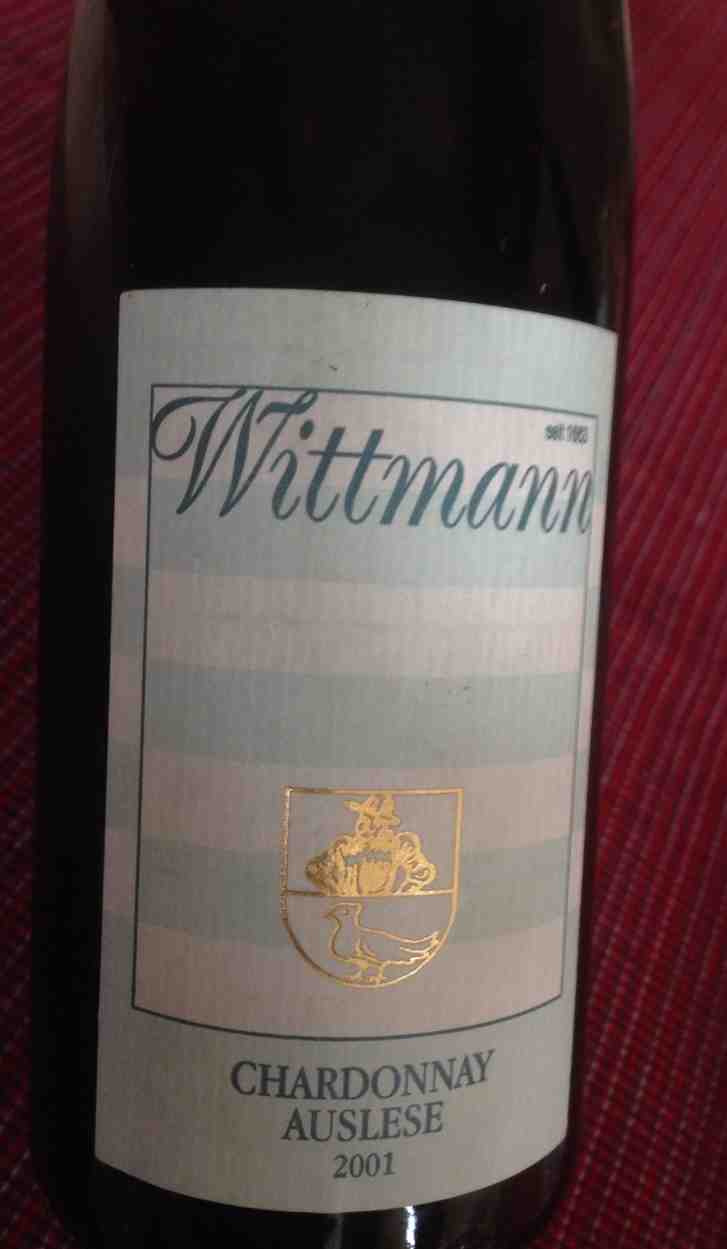 Chardonnay is a very versatile variety, which is reflected in dry wines in a variety of wine styles. Usually dry wines are produced with this variety, but there are also sweet and noble sweet Chardonnay variants, especially in Germany and Austria. Two characteristics make Chardonnay a very well suited grape variety for sweet wines. On the one hand, the variety definitely has enough acidity to balance residual sugar, on the other hand, the berries’ shells are thin enough to facilitate …
Chardonnay is a very versatile variety, which is reflected in dry wines in a variety of wine styles. Usually dry wines are produced with this variety, but there are also sweet and noble sweet Chardonnay variants, especially in Germany and Austria. Two characteristics make Chardonnay a very well suited grape variety for sweet wines. On the one hand, the variety definitely has enough acidity to balance residual sugar, on the other hand, the berries’ shells are thin enough to facilitate … 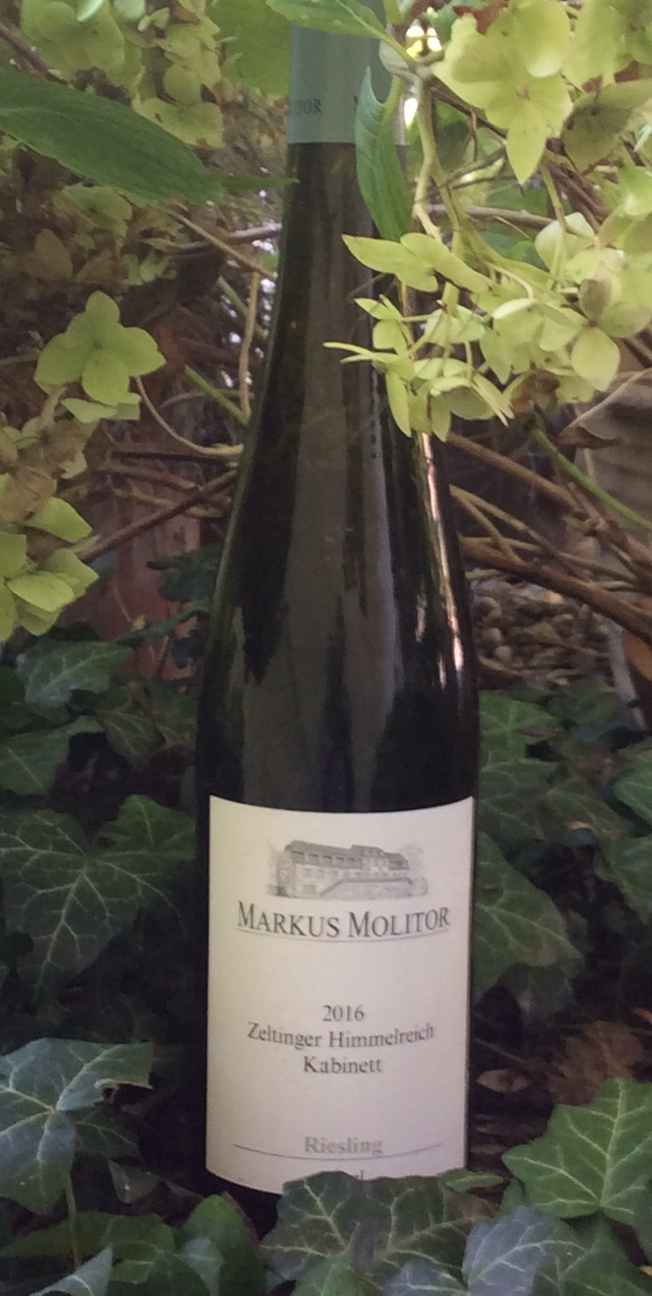 There are four different grades of sweetness according to German and EU wine law: dry, semi-dry, semisweet and sweet, in addition, one also finds the term feinherb. A term probably only used in Germany, which should convey to the consumer that the wine has a fine, slightly herb note, even though or just because it is not dry.
There are four different grades of sweetness according to German and EU wine law: dry, semi-dry, semisweet and sweet, in addition, one also finds the term feinherb. A term probably only used in Germany, which should convey to the consumer that the wine has a fine, slightly herb note, even though or just because it is not dry.